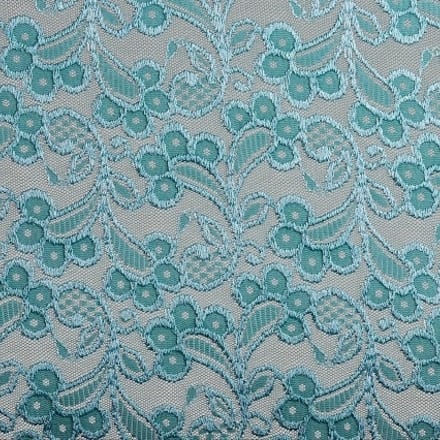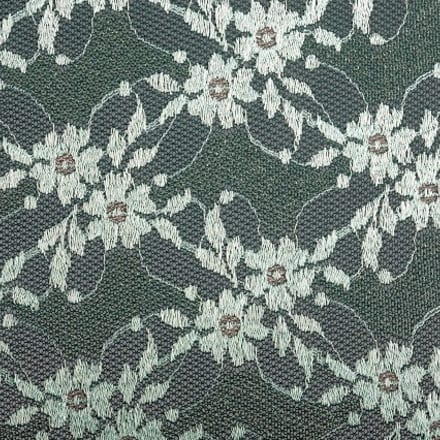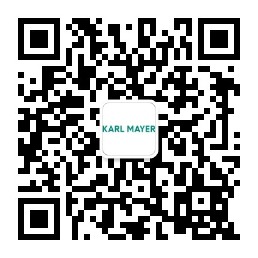Innovations from the lace machinery field
KARL MAYR’s new lace machines are the TL 79/1/36 Fashion and the MLF 46/24.
The new TL 79/1/36 Fashion machine (Fig. 1) can produce innovative Textronic® lace looks never seen before in the lace sector. These eye-catching products include lightweight fabrics based on jacquard constructions, featuring relief-like patterns with a distinct three-dimensional look – the result of a new way of incorporating the heavy liners. This makes the thick cord yarns look as if they have been sewn on, without any top cording. Moreover, the TL 79/1/36 Fashion can also be used as a fall plate raschel machine. All the standard Textronic® patterns can be worked using the 76 pattern bars that are available, without using the heavy cord option. The design of the TL 79/1/36 Fashion makes it ideal for producing exclusive, high-end lace bands and panels for dresses, blouses and jackets.
During ITMA the TL 79/1/36 Fashion will be producing a cross band flounce at a working width of 134" and a gauge of E 18 by using a three colour chine mélange yarn.
With its new MLF 46/24 in a width of 242", KARL MAYER will be showing an exceptionally wide Multibar lace machine with fall plate and without jacquard bars, offering an impressive level of productivity for a low investment outlay. The concept of this new machine is based on considerably increasing its speed compared to its predecessor at a gauge of E 18. The last fall plate raschel machine was the MRGSF 31/16, having a working width of 210" and a summation drive system.
The MLF 46/24, 242" can produce several lace panels side-by-side, as well as wide, all-over-patterned textile webs (Fig. 2 + 3) and also bordered fabrics with long repeats. At ITMA the MLF 46/24, with a working width of 242" and a gauge of E 18, will simultaneously be working four bordered webs with 145 cm widths of the finished fabric and 150 cm long patterns. The non-stretch panels are intended to be used in outerwear.
Back to overview

